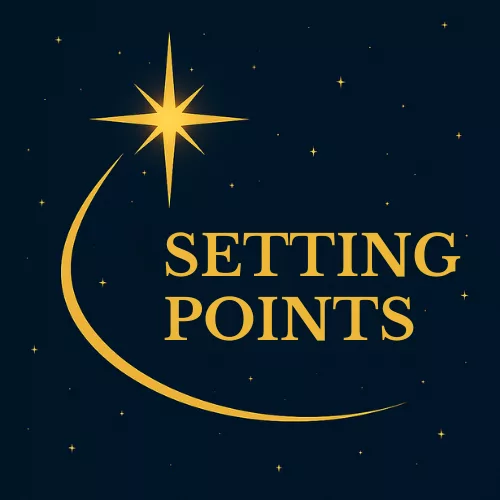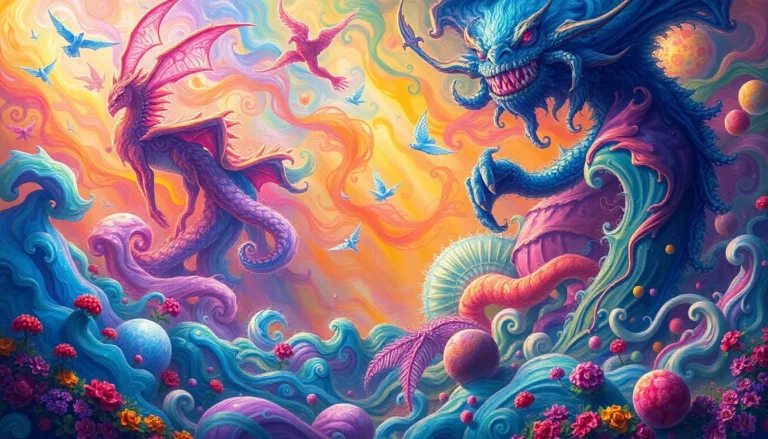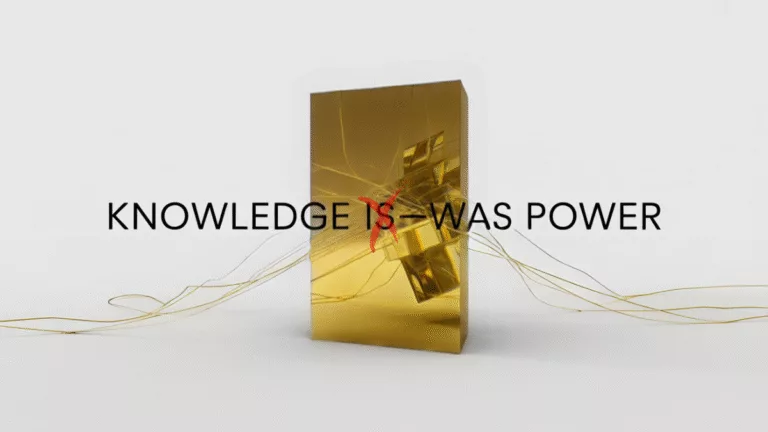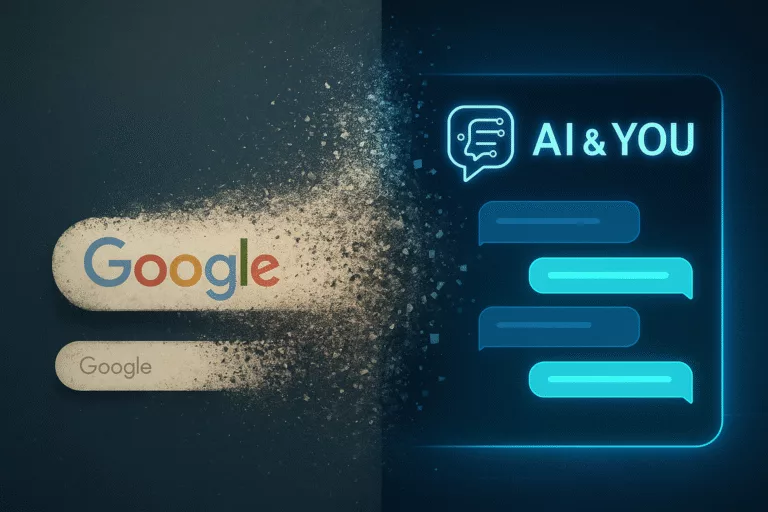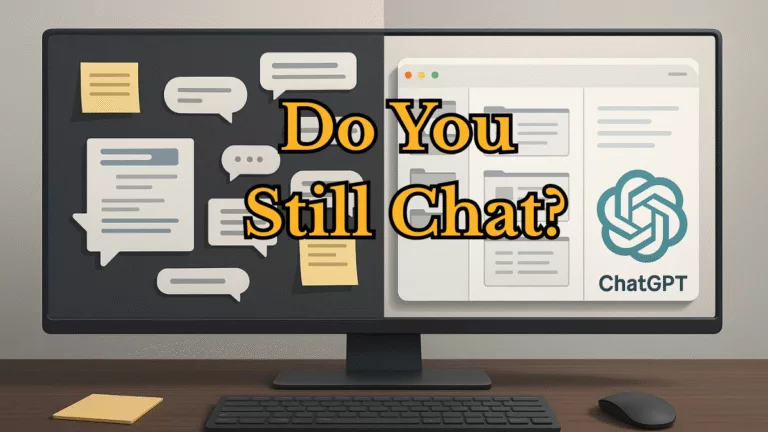Imagine a world where creativity knows no bounds. Where artists and designers can effortlessly conjure up stunning visuals that perfectly capture their vision.
A world where businesses can quickly and cost-effectively generate personalized visuals that resonate with their target audience.
That world is already here. AI image generators are revolutionizing the way we create and consume visual content, potentially signaling the end of traditional stock photos. All of the images within this post have been created by AI. I am currently registered to use 13 of them! These powerful tools, driven by advanced artificial intelligence, are capable of producing high-quality, realistic images that were once unimaginable. What do you tell someone who sees a clear green sky and beautiful blue grass along a red river bank?
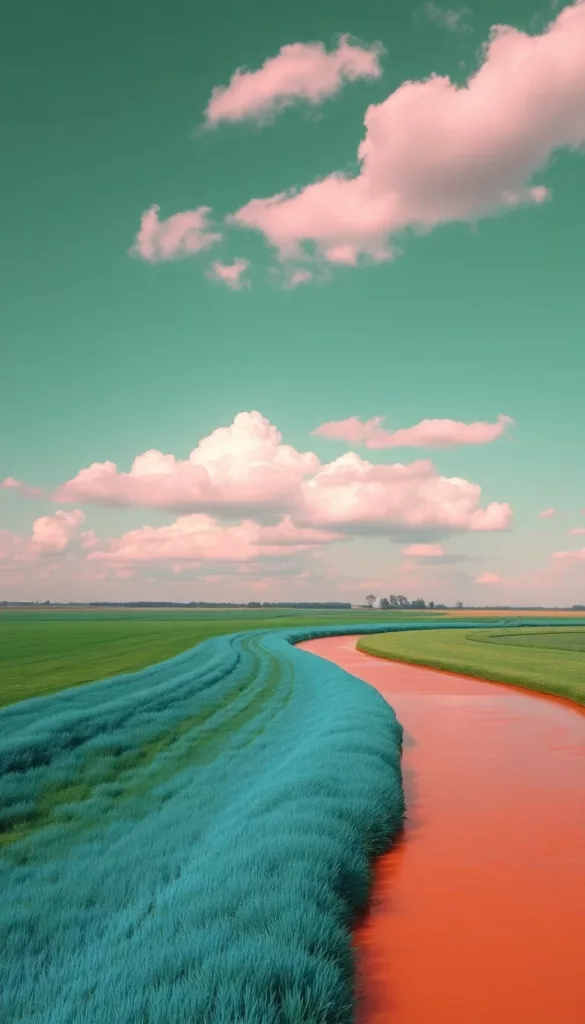
AI image generators are not only blowing minds in marketing campaigns and product design across various industries, but they’re also challenging the dominance of stock photo websites. They provide unprecedented customization and flexibility, simplifying the creation of standout visuals. I have long said that…
AI will not take your job… Those who know how to use AI will!
The impact of AI image generators extends far beyond convenience. They are fundamentally changing the landscape of the creative industries, challenging traditional models, and opening up new opportunities. As these tools continue to evolve, you must understand their potential benefits, limitations, and ethical implications.
I know the world of AI Image generators and will give you a tour of the world of AI image generation. I will give you things to think about, examining its capabilities, applications, and the profound impact it’s having on the way we create and consume visuals.
The Rise of AI Image Generators and Their Impact on Stock Photography
The emergence of AI image generators is a testament to the rapid advancements in artificial intelligence technology. These powerful tools have become increasingly accessible, empowering both hobbyists and professionals to create stunning visuals with ease.
At the heart of AI image generation lies the convergence of Deep Learning and Generative Adversarial Networks (GANs). Deep learning algorithms enable these tools to learn from vast datasets, acquiring the ability to recognize patterns and generate images that closely resemble real-world objects and scenes. GANs, on the other hand, employ a competitive process between two neural networks to refine the generated images, ensuring they are both realistic and visually appealing.
These two neural networks are like a husband and wife helping each other to create the perfect family portrait.
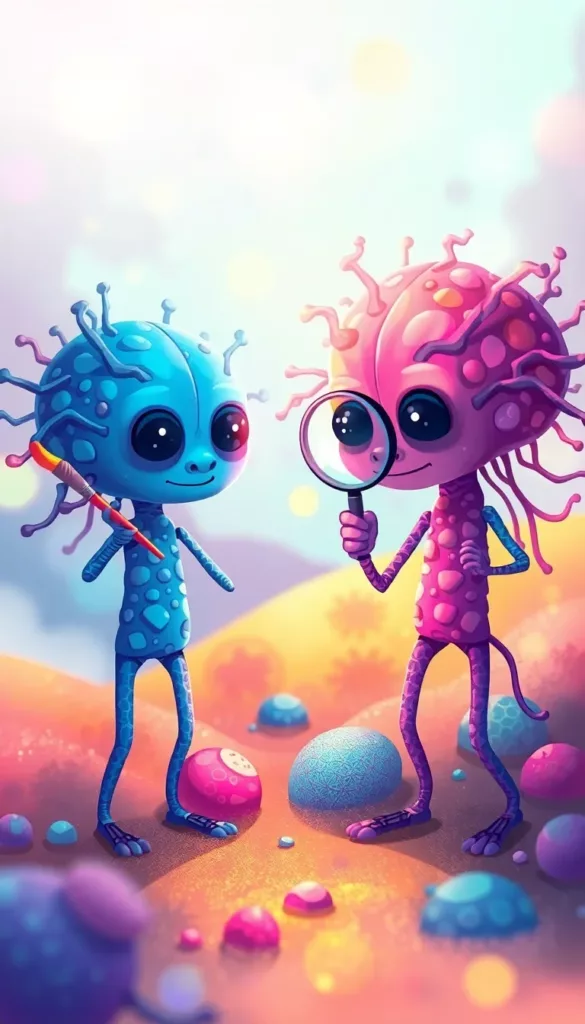
Together, they work to refine the image until it is both realistic and visually appealing, much like a married couple working together to create a beautiful family portrait.
Yesterday I Couldn’t Hold Picasso’s Paintbrush
The integration of these technologies has led to a surge in the development of AI-powered design tools. Platforms like Midjourney, DALL-E 3, and Stable Diffusion offer user-friendly interfaces that allow users to input prompts or descriptions and receive visually striking images in return. In essence, AI image generators have broken down the barriers that previously limited access to digital art creation to professionals. Today an Art Class underachiever like me can create beautiful images. Image generation is now a more inclusive and accessible activity.
Moreover, AI image generators have significantly reduced the time and effort needed to produce high-quality visuals. In the past, creating custom images often involved hiring professional artists using complex design software. With AI, anyone can generate a variety of images in a matter of seconds, saving time and resources.
This wasn’t always so.
A Brief History of AI Image Generation
While AI image generation has gained significant attention in recent years, its roots can be traced back to the early days of artificial intelligence research.
- Early Experiments (1960s-1970s): The first attempts at AI-generated images involved simple pattern recognition algorithms and rule-based systems. These early experiments were limited in their ability to produce realistic or complex images.
- Neural Networks and Early Successes (1980s-1990s): The development of neural networks, particularly convolutional neural networks (CNNs), led to significant advancements in image recognition and generation. Early successes included systems that could generate simple handwritten characters and basic shapes.
- Generative Adversarial Networks (GANs) (2014): A breakthrough came in 2014 with the introduction of GANs. This technique involves two neural networks competing against each other to produce increasingly realistic images. GANs have been instrumental in driving the recent advancements in AI image generation.
- Recent Breakthroughs (2020s): In recent years, there have been significant breakthroughs in AI image generation, with models like DALL-E 3 and Midjourney demonstrating remarkable capabilities in producing high-quality, diverse, and often surprising images.
Despite the limitations of early experiments, the field of AI image generation has witnessed significant advancements in recent years. The introduction of deep learning and GANs has been particularly instrumental in driving these breakthroughs.
The Rise of AI Image Generators and the Shifting Landscape of Stock Photography
AI image generators are rattling the stock photo industry, offering compelling alternatives that are hard to ignore. Instead of relying solely on stock photo websites, like Pixabay, Shutterstock, and Getty Images, businesses now have the option to generate unique visuals tailored to their specific needs. This shift has put pressure on stock photo providers to adapt to the changing landscape or risk becoming obsolete.
The Emergence of AI-Generated Stock Photos
Traditional stock photography has enjoyed a long run as the go-to for image assets, but AI is presenting new challenges. As AI-generated images get more sophisticated, they’re providing competition that could reshape industry dynamics. Stock photo companies are now looking at integrating AI to keep up or even stay ahead.
The stock photo websites have recognized the potential of AI image generation and are beginning to incorporate these technologies into their offerings. By providing a mix of traditional and AI-generated images, these platforms aim to meet the evolving needs of their customers.
Challenges and Opportunities for Photographers and Artists
The shift towards AI-generated images presents both challenges and opportunities for photographers and artists. While the demand for traditional stock photos may decline, there is also a growing interest in AI-inspired art. Photographers can explore new avenues, such as creating AI-generated artwork or collaborating with AI tools to enhance their creative process. I am saying it again…
AI will not take your job… Those who know how to use AI will!
Photographers need to find new opportunities working with AI tools to enhance their offerings or even create their own unique style that merges both traditional and AI-generated elements.
The Future of the Stock Photo Industry
The future of the stock photo industry is uncertain. While AI image generators pose a significant challenge, there is still a demand for high-quality, unique images that cannot be easily replicated by AI. The industry will likely transform, with a focus on providing specialized services and premium content that differentiates them from AI-generated options.
Within the content creation market, there’s a clear trend towards AI-generated images. This is partly driven by the ease and speed at which these images can be produced, as well as their customizable nature. Brands appreciate the level of personalization they can now achieve in their visual content.
Despite the potential disruptive impact of AI, it’s not necessarily a zero-sum game. There’s plenty of room for co-existence where traditional stock photos and AI-generated visuals complement each other.
The Real-World Impact of AI Image Generators
AI image generators are not just technological marvels; they are also proving their practical value across a wide range of industries. Let’s explore some real-world examples of how these tools are being used to drive innovation and enhance business outcomes.
Marketing and Advertising
In advertising, firms are utilizing AI to create highly personalized ad campaigns that cater directly to consumer interests. By generating visuals based on user data, brands benefit from improved engagement and conversion rates.
- Personalized Campaigns: AI image generators can be used to create highly personalized advertising campaigns tailored to individual consumers. By analyzing customer data, businesses can generate visuals that resonate with specific interests and preferences.
- Visual Asset Creation: From social media graphics to website banners, AI image generators can streamline the creation of marketing assets. This can save time and resources while ensuring a consistent brand aesthetic.
E-commerce and Product Design
E-commerce platforms are making headway with AI images, especially in fashion and home decor. They leverage AI to generate product images that match different user preferences, helping customers visualize purchases and improving the overall shopping experience.
- Product Visualization: AI can be used to generate realistic product images, allowing customers to visualize products from different angles and in various settings. This can enhance the shopping experience and increase conversions.
- Customizable Product Designs: AI-powered design tools can help customers create personalized product designs, such as customized apparel or home decor items. This can foster a sense of ownership and increase customer satisfaction.
Content Creation and Blogging
Businesses are recognizing the advantages of integrating AI-powered design tools. For instance, a marketing agency might streamline its process by using AI to draft multiple content pieces, allowing teams more time to refine and perfect each piece. This shift not only boosts productivity but also maintains high creativity standards.
- Visual Storytelling: AI image generators can be used to create compelling visuals that enhance storytelling and engage audiences. This is particularly valuable for content creators who need to produce high-quality visuals on a regular basis.
- Image Optimization: AI can be used to optimize images for search engines, improving visibility and attracting more organic traffic.
Gaming and Entertainment
The entertainment industry is also experimenting with AI-generated images. Studios use AI to design elements for movies and video games, enhancing creativity while cutting down on production time frames. By automating certain artistic elements, creators can focus more on storyline and character development.
- Character Design: AI can be used to generate unique and diverse characters for games and other forms of entertainment. This can help create more immersive and engaging experiences for players.
- Environment Creation: AI can be used to generate realistic game environments, saving time and resources for developers.
These are just a few examples of how AI image generators are reshaping industry landscapes and driving innovation. As the technology continues to evolve, we can expect to see even more creative and impactful applications in the years to come. Ultimately, companies willing to embrace AI image generation can unlock new levels of efficiency and potentially revolutionize their operations.
AI Image Generators in Various Industries
AI image generators have found their way into a diverse mix of industries, showcasing versatility that’s hard to ignore. Each sector uses AI differently, adapting its capabilities to meet specific needs.
- In marketing and advertising, AI-generated graphics help craft personalized campaigns quickly and cost-effectively. Companies can tailor visuals to match distinct consumer profiles, making advertising more relevant and engaging.
- The media and entertainment world benefits by integrating AI components into productions. Filmmakers and game designers utilize AI to create rich visual landscapes, adding depth and texture in ways that complement traditional techniques.
- Publishing houses aren’t left behind either—they’re using AI-generated images to illustrate book covers or create engaging editorial content, which often results in faster production timelines and reduced costs.
- The healthcare sector is exploring AI’s potential beyond imagery, like in simulating medical conditions or planning surgeries with visual aids. Though in its infancy, the integration of AI imagery here is promising.
Each of these applications demonstrates how AI images are influencing industries far and wide, with practical benefits that simplify processes and enhance creativity. Anyone in design, marketing, or production should be considering how AI can integrate into their workflows to stay ahead.
A Glimpse into the Future
As AI technology continues to advance, the possibilities for AI image generation are expanding rapidly. We can expect to see even more sophisticated and creative applications in the years to come.
Emerging Trends and Possibilities
- Hyperrealistic Imagery: AI models are becoming increasingly capable of generating images that are indistinguishable from photographs. This could have significant implications for various industries, such as entertainment, advertising, and e-commerce.
- Personalized Art: AI-powered tools could be used to create personalized artworks based on individual preferences, tastes, and even emotional states. This could revolutionize the art market and make art more accessible to a wider audience.
- Collaborative Creativity: AI image generators could be integrated into collaborative design tools, enabling artists and designers to work together seamlessly on complex projects. This could foster new forms of creative collaboration and innovation.
- New Art Forms: The emergence of AI image generation could lead to entirely new art forms and styles that were previously unimaginable. As AI capabilities continue to expand, we may witness the birth of unique artistic expressions that challenge traditional definitions of art.
Challenges and Considerations
While the future of AI image generation is promising, it is essential to address the challenges and ethical considerations associated with this technology.
- Copyright and Intellectual Property: Ensuring that AI-generated images do not infringe on existing copyrights or intellectual property rights is a complex issue. Establishing clear guidelines and regulations will be crucial.
- Bias and Discrimination: AI models are trained on large datasets, and if these datasets contain biases, the generated images may reflect those biases. It is essential to address bias in AI training data to ensure that AI-generated images are fair and inclusive.
- Deepfakes and Misinformation: The ability of AI to generate highly realistic images can be used for malicious purposes, such as creating deepfakes or spreading misinformation. Developing tools and techniques to detect and mitigate these risks is a priority.
The Role of AI in the Future of Content Creation
AI image generators are poised to play a significant role in shaping the future of content creation. By automating certain tasks and providing new creative possibilities, these tools can empower content creators to produce high-quality visuals more efficiently and effectively. However, it is essential to strike a balance between automation and human creativity to ensure that AI is used as a tool to enhance, rather than replace, human ingenuity.
As AI image generation continues to evolve, it is crucial to approach this technology with a thoughtful and balanced perspective. By addressing the challenges and embracing the opportunities, we can harness the power of AI to create a more vibrant and innovative creative landscape.
The Future of Visual Content Creation: AI Image Generators vs. Stock Photos
AI image generators are revolutionizing the way we create and consume visual content. From marketing campaigns to product design, these powerful tools offer a wide range of applications that can enhance businesses and creative endeavors, potentially rendering traditional stock photos obsolete.
By understanding the capabilities, limitations, and ethical considerations of AI image generation, you can harness its potential to drive innovation and achieve your goals. Embrace this technology as a valuable tool that can complement your creative process and help you stand out in a competitive landscape, reducing or even eliminating your reliance on stock photos.
AI Image Generators: Revolutionizing Visual Content Creation
AI image generators are transforming the landscape of visual content creation, offering numerous benefits that challenge the traditional reliance on stock photos. Let’s explore some key advantages and answer common questions about this innovative technology.
Benefits of AI Image Generators:
- Unlimited Customization: Create unique visuals tailored to your specific needs, breaking free from the limitations of stock photo libraries.
- Cost-Effective: Reduce expenses associated with purchasing stock photos or hiring professional photographers.
- Time-Saving: Generate multiple high-quality images in seconds, streamlining your content creation process.
- Consistent Brand Identity: Easily maintain visual consistency across all your marketing materials.
- Improved Creativity: Explore new artistic possibilities and bring your wildest ideas to life.
People Also Ask
Can AI image generators completely replace stock photos?
While AI image generators offer significant advantages, they may not entirely replace stock photos in the near future. However, they are increasingly becoming a powerful alternative, providing customization and flexibility that traditional stock photos cannot match.
Are AI-generated images legal to use for commercial purposes?
The legality of using AI-generated images for commercial purposes is still evolving. Most AI image generators allow commercial use of their outputs, but it’s essential to review the terms of service for each platform and ensure you have the necessary rights.
How do AI image generators compare to human artists?
AI image generators excel at quickly producing a wide variety of images based on text prompts. While they can’t replicate the nuanced creativity and emotional depth of human artists, they serve as powerful tools that can complement and enhance human creativity rather than replace it.
By embracing AI image generators, you can unlock new possibilities in visual content creation, potentially reducing or eliminating your reliance on stock photos. As this technology continues to advance, it’s becoming an increasingly valuable asset for businesses and creatives alike
Start exploring the world of AI image generation and unlock the limitless possibilities that await. The question remains:
Will AI image generators truly mark the end of stock photos? Only time will tell, but their impact is undeniable.
Choose Your Weapon – In subsequent posts, I will dig deeper into these great free and freemium artistic disruptors. Sorry Midjourney, I missed out on your free trial.
- Microsoft Designer
- Ideogram
- FreePik Pikaso
- Leonardo
- Gemini Image Creator
- Flux 1.1
- ChatGPT DALL-E
- Opera Aria
- OpenArt
- PerChance
- Stable Diffusion
- Craiyon
- Adobe Firefly
This list and best use cases can be found in
Goodbye Stock Photos? Meet 13 AI Generators Taking Center Stage!
So, what are you waiting for? How many have you tried? Let me know in the comments below.
